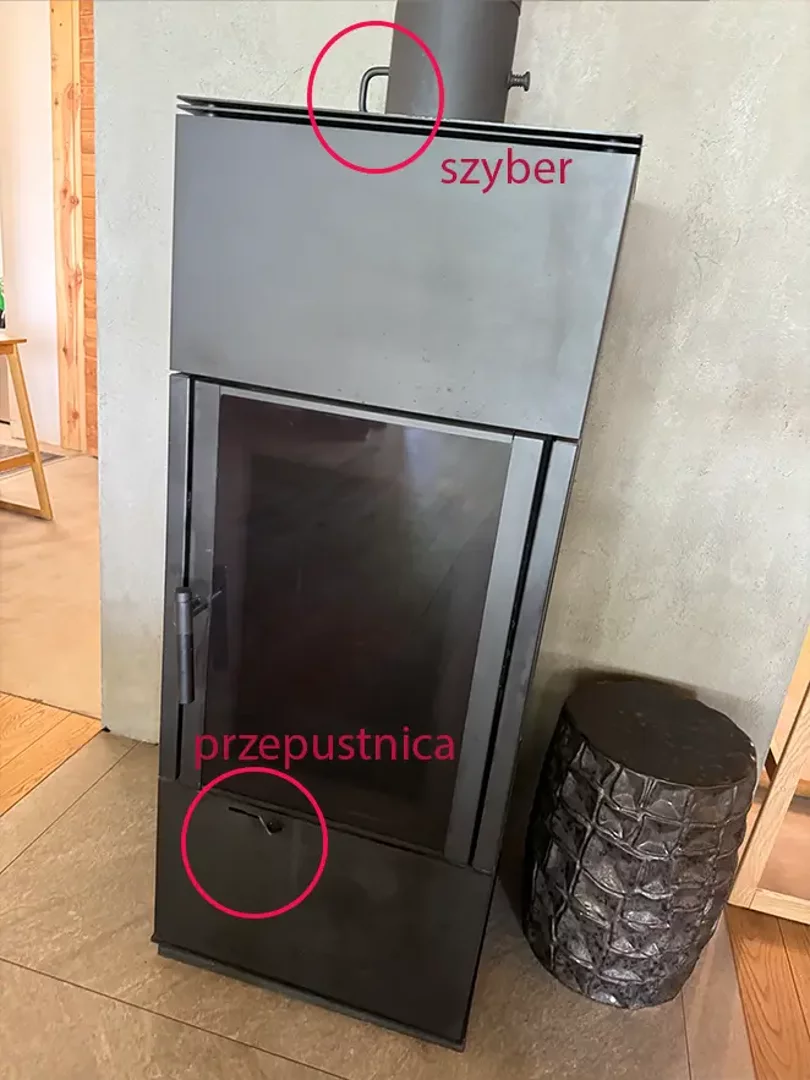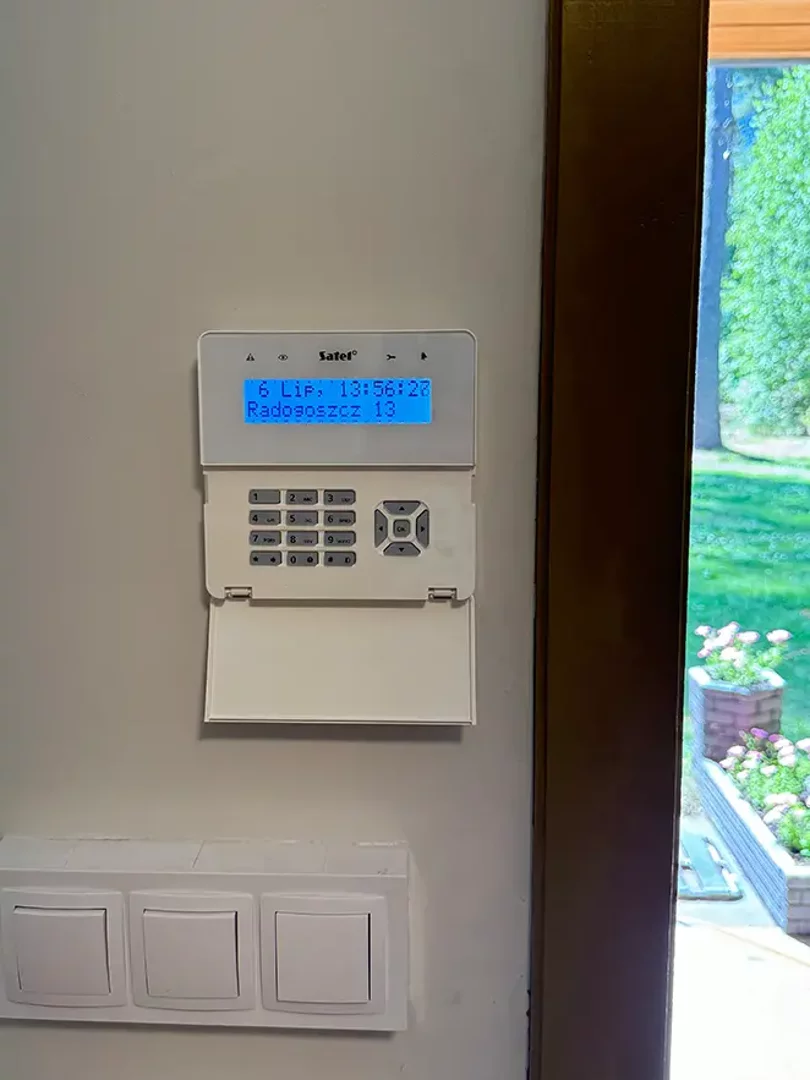How to Light a Fire Step by Step
Lighting a Fireplace – Step-by-Step Guide
Lighting a fireplace is a fairly simple task, but even small oversights can lead to a smoke-filled living room, triggering the smoke alarm... and ruining the cozy atmosphere that comes with relaxing by the fire.
So how do you light a fire effectively and what mistakes should you avoid? Below is a brief step-by-step guide.
What to Burn in the Fireplace?
Several factors affect how well a fireplace works — one of the most important is the type of fuel and how it’s burned. The best heat output comes from high-calorific hardwoods such as hornbeam, ash, and beech. We have prepared this kind of wood for you — dry and packed in bags, with a moisture content of less than 20%.
Please do not use pinewood, which we provide for outdoor campfires or heating the hot tub stove, nor freshly cut or damp wood from the forest — it is unsuitable for indoor burning. It creates heavy soot on the fireplace glass and clogs the chimney.
Fireplace Structure
At the top, on the chimney pipe, there is a handle (szyber) to adjust the position of the damper.
– Open: when the openings are in a vertical position (parallel to the chimney pipe)
– Closed: when in a horizontal position
At the bottom of the fireplace, below the glass, there is a handle to regulate the air intake (przepustnica).
– Open: when turned to the left
– Closed: when turned to the right

How to Light the Fireplace
1. Before lighting the fire, always remove leftover ash from the fireplace.
2. The amount of wood needed depends on the firebox capacity. In our stove, we recommend using 2–3 logs at a time (maximum 2.5 kg).
3. The best method is top-down lighting. Place several split logs (max. 10–13 cm in diameter) at the bottom of the firebox. Then layer thinner kindling (2–5 cm diameter) on top. Leave space between the logs for airflow. Place a few paraffin fire starter cubes at the very top. Do not use newspapers – the ink can emit toxic fumes when burned.
4. Ensure sufficient air supply.
– Use the air inlet damper (below the glass) – push the handle fully to the left to open.
– The chimney damper (above the stove on the pipe) should be in a vertical (parallel) position.
To reduce the flame or extinguish the fire, move the lower damper to the right (closed) and the chimney damper to horizontal (closed).
5. Light the fire starters and close the fireplace door. Ignition usually takes a few to several minutes.
If the draft is too weak, slightly open the door during ignition.
You may also open a nearby window briefly to improve airflow.
Common Fireplace Problems – Causes and Solutions
1. Smoke enters the room when opening the door:
Door opened too quickly – open slowly; reduce primary air (move the damper to the right
Chimney damper closed – always open to vertical before opening the door
Poor room ventilation – provide more air (open window or fresh air inlet)
Weather: low pressure, fog, rain, or rapid temperature changes
Poor chimney draft – have the chimney inspected
2. Weak heat or fire goes out:
Too little fuel – load more logs
Wood is too wet – use wood with under 20% moisture
Poor chimney draft – inspect chimney
3. Fire burns but gives little heat:
Low-energy softwood – use proper hardwood (hornbeam, beech, ash)
Wood too moist – max 20% moisture
Wood too fine or too large
Chimney damper open – set to horizontal (closed); reopen if fire dims
4. Glass gets dirty quickly:
Low-intensity fire (too small flame)
Use of resinous softwood or wet wood – always use dry hardwood
5. Operation affected by weather:
Humidity, fog, wind, pressure drops, or nearby tall structures can reduce draft.
⚠️ WARNING – Chimney Fire Hazard
Slow-burning fires can cause excessive soot and creosote buildup. Creosote is flammable and can cause a chimney fire with strong flames and high temperatures.
If this occurs:
1. Close the air intake (move lower handle to the right) and the chimney damper (to horizontal)
2. Ensure fireplace doors are shut
3. Call the fire brigade immediately: 998 or 112
Smoke Alarm – What to Do?
When the smoke alarm is triggered, a notification is sent to the hosts, and an audible alarm is activated (both inside and outside the house). If smoke appears in the rooms:
1. Identify the source of the smoke.
2. If the source is an uncontrolled fire (including a chimney fire):
– Turn off the circuit breakers (white fuse box located in the hallway under the stairs, behind the chest of drawers).
– Use fire extinguishers and fire blankets (located by the entrance door and upstairs in the hallway).
– Ensure that all guests have left the house.
– Call the fire brigade: 998 or 112
3. If the smoke comes from the fireplace or oven:
– Ventilate the room (open windows and doors).
– Turn off the white smoke detector on the living room ceiling using the button (see the video guide below – the detector is located near the sofa and armchairs).
– Then disable the alarm system at the control panel near the entrance door. Use the leather chip attached to the keys – hold it against the panel (near the keypad) for a few seconds.
4. If there is no danger, contact the hosts at: +48 605 14 28 29
To silence the outdoor siren, hold the leather chip (attached to the house keys) against the alarm panel near the keypad for a few seconds – the alarm will be disarmed, see below:

